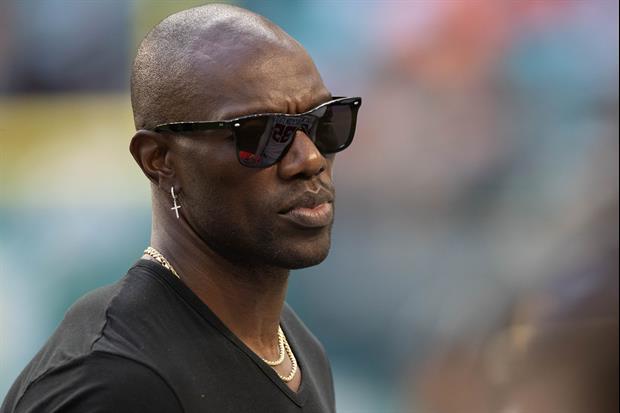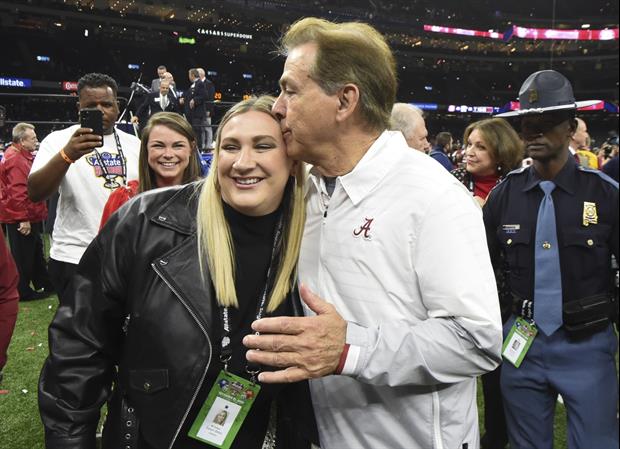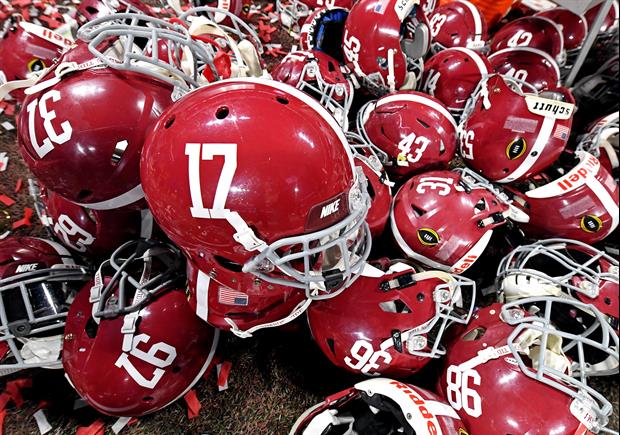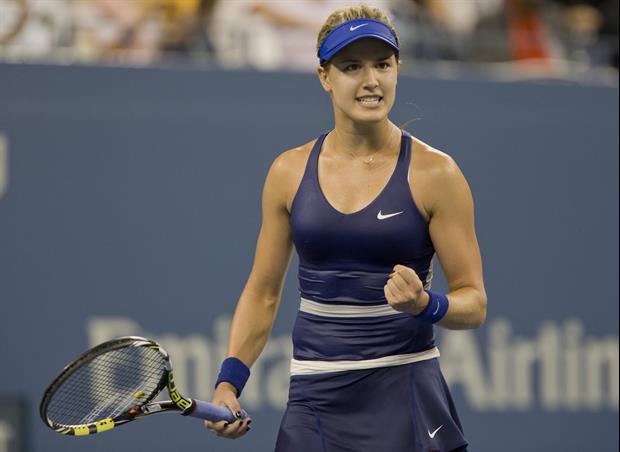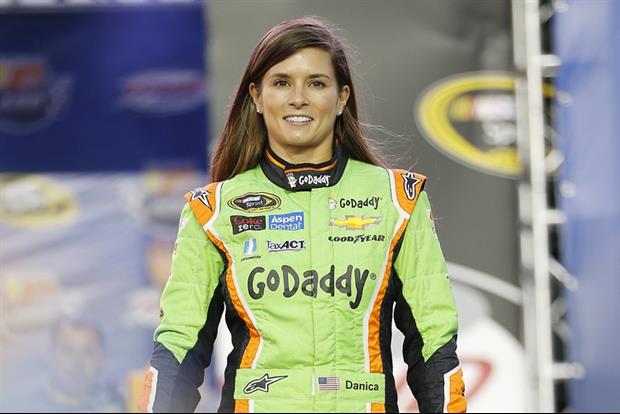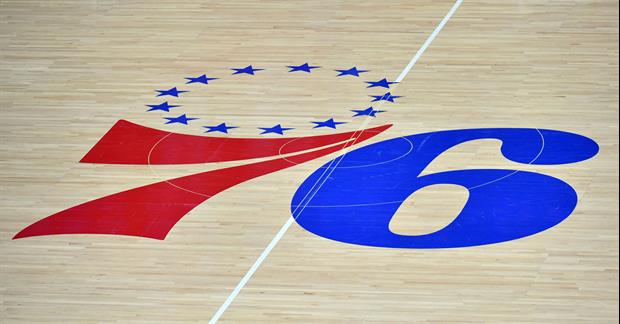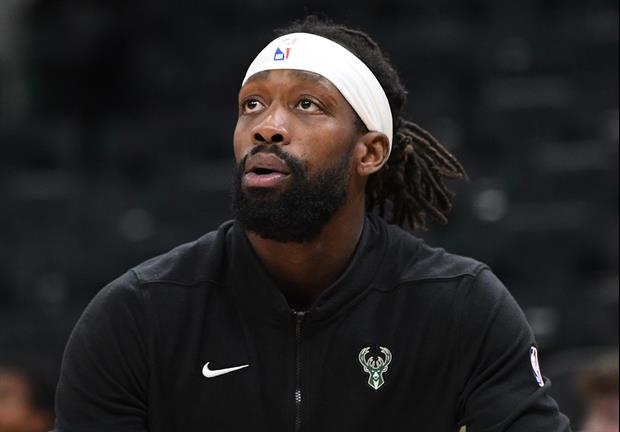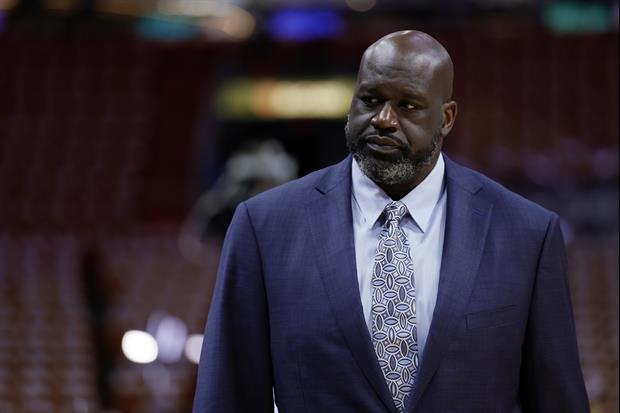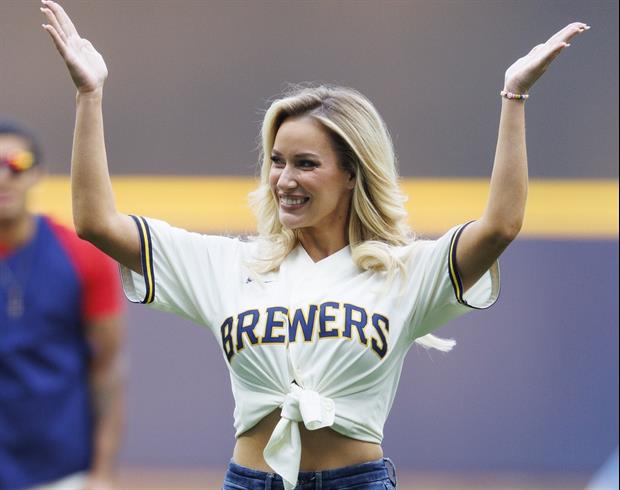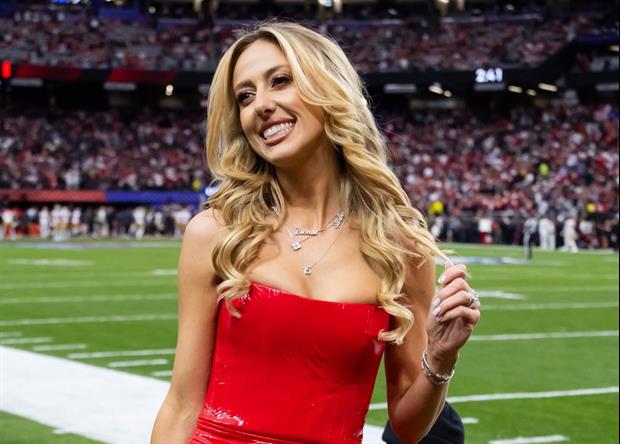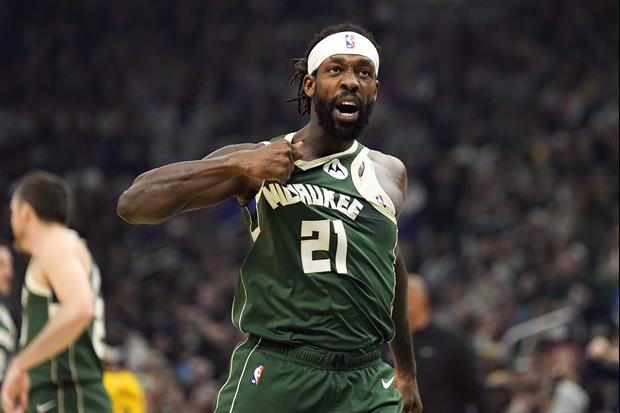- My Forums
- Tiger Rant
- LSU Recruiting
- SEC Rant
- Saints Talk
- Pelicans Talk
- More Sports Board
- Fantasy Sports
- Golf Board
- Soccer Board
- O-T Lounge
- Tech Board
- Home/Garden Board
- Outdoor Board
- Health/Fitness Board
- Movie/TV Board
- Book Board
- Music Board
- Political Talk
- Money Talk
- Fark Board
- Gaming Board
- Travel Board
- Food/Drink Board
- Ticket Exchange
- TD Help Board
Customize My Forums- View All Forums
- Topic Sort Options
- Trending Topics
- Recent Topics
- Active Topics
Ever See A Walk-Off 3-Run Wild Pitch To End a Baseball Game? Here Ya Go...
by Larry Leo
August 11, 20189 Comments
Watch the Wisconsin Timber Rattlers stun the Burlington Bees after some completely awful defense...
(The Big Lead)
(The Big Lead)
Filed Under: MLB
Related:
Popular Stories
